Cranberries (Vaccinium vitis-idaea L.) is an evergreen shrub with delicious red edible berries. Wild cranberries occur naturally, but there are some cultivars. Cranberry fruit is small and grows in temperate zones in many regions of the U.S., and some other parts of the world.
As suggested, the cranberry is a member of the Blueberry family, which are extremely useful little fruits. They can be taken as juice and fresh fruit or extract. For maximum health benefits, it is good for cranberry juice not to be sweetened.
The birthplace of the large-fruited cranberry is considered North America. U.S. and Canada specialize in growing plantations of cranberries. There are huge areas built, shaped like swamps, suited for growing the valuable fruit. The old continent has young plantations in Poland and Germany.
Cranberries can sometimes be seen on the rocky meadows and in coniferous forests. The fruits of cranberry are not as juicy and delicious as their blue cousins, but grow later, when other berries have already been picked.
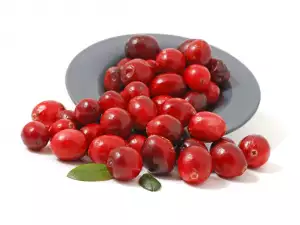
Composition of cranberries
The cranberry is a good source of critical metabolism Omega-3 fatty acids. These red fruits are rich in vitamins, trace elements, minerals, tannins and flavonoids, essential acids, such as - linoleic acid (OMEGA-6), alpha linoleic acid (OMEGA-3), carotenoids and phytosterols.
Cranberries contain about 6% arbutin, traces of hydroquinone, about 8% catechin tannins, flavonoids substances quercetin, hyperoside, izocvercetin, urzolic, chlorogenic and caffeic acid and many vitamins.
The catechin tannins in cranberry leaves make them better tolerated than the Blueberry. Cranberries are powerful antioxidants. Vitamin A effectively neutralize free radicals, and the fruits have antiseptic properties. There are reports that around 20 million people in Europe use cranberries as an antioxidant.
The tocotrienol contained in these berries (a rare form of vitamin E) is the most effective and is found in cranberries. It is considered an antioxidant that is between 40 to 60 times more effective than tocopherol, the most common form of vitamin E. It is claimed that of all the natural oils that cranberry contains the highest amount of tocotrienol. The cranberry has large amounts of iron and an additional plus is that the fruits have a low glycemic index.
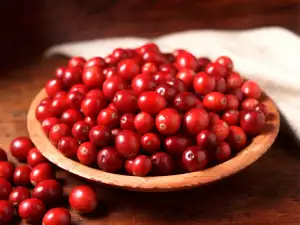
In 100 g of cranberries contains
86.5% water,
49 calories,
0.4 g protein,
0.2 g fat,
12.7 carbohydrates,
8.5 g Sugars,
4 g fiber
Selection and storage of cranberries
Buy cranberries that have a bright color and no signs of deterioration. Much of the harvest of cranberries is used for freezing, drying or turning them into juice, therefore, be careful when you buy them and watch for information on their product labels. Fresh cranberries are kept in small wooden boxes, placed in a cool, dry place. Note that thay dry quickly. You can store them and in water.
Culinary use of cranberries
If you can get a wild cranberry, take advantage of its maximum power and fast. These fruits, besides being able to emulate the features of a home pharmacy are very tasty to prepare. They can be prepared into a fine and delicate sauce, added to the cooking of various meats of domestic animals and wild game.
Do not be afraid to add cranberries to home cakes. Even a simple cake can be a unique sweet temptation if you add 1-2 handfuls of cranberries. We offer you a delicious recipe for a cake with cranberries.
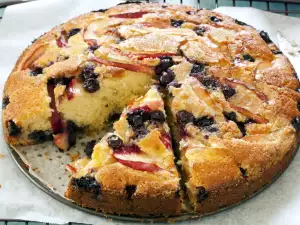
Recipe for Cake with cranberries and chocolate
120 g dark chocolate
1/2 cup butter, soft
1 3/4 cups warm water
1 1/2 tablespoons dry yeast
1 1/2 tsp salt
4 eggs - slightly broken
2/3 cup sugar
5 1/2 cups of flour
1 cup cocoa
180 g black chocolate, crushed
150 g cranberries, dried
Preparation: Melt crushed chocolate with butter in a water bath and allow to cool. Beat the eggs, salt, yeast (previously dissolved in warm water with a pinch of sugar), water, and sugar lightly in a large bowl. Add flour and cocoa and beat with mixer until everything is mixed. Finally stir in the chocolate mixture with butter, crushed chocolate and cranberries.
Cover the container with a towel and let it rise for 2 hours, until doubled in volume. Then transfer the dough with wet hands into a baking sheet and let rise again for 40 minutes in the pan. Brush it with the beaten egg and put it to bake in a preheated 180 degree oven for about 20 minutes.
Benefits of Cranberries
Cranberries are powerful antioxidants with numerous benefits like on human health. Cranberries are the largest and most completely natural sources of vitamin C, which protects the body against infections of the urinary tract. More and more studies show other beneficial effects because of their high antioxidant properties. They even help lower cholesterol. They fight against free radicals to protect cells from damage.
Cranberries have been known to prevent and remedy for urinary tract infections for centuries. Many people use nutritional supplements and cranberries are used to prevent infections of the urinary tract infection caused by bacteria. Oligomeric proanthocyanidis in cranberry managed to block the adhesion of E. coli bacteria and their adherence to the cell walls of the uterus and the bladder.
It is also shown that cranberries help reduce plaque and cranberry juice may prevent the accumulation of bacteria that causes dental plaque.
On top of that, these little "red diamonds" are strong anti-cancer agent. It has been shown that Oligomeric proanthocyanidis compounds in cranberries have anti-cancer activity, resulting in cranberries preventing the rapid growth of tumors. Laboratory experiments revealed that extracts of chemicals in cranberries prevent multiplication of breast cancer cells.
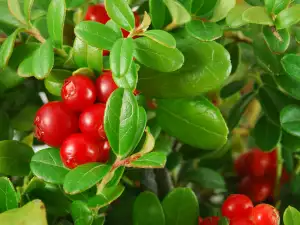
Cranberries are very good for the heart. They provide prevention of heart disease and help with different heart diseases. Prophylaxis with Cranberry in addition to your diet can actually reduce the risk of heart disease. Daily consumption of cranberry juice increases levels of good cholesterol and reduces bad cholesterol. This, in turn, is associated with beneficial effects on your heart and blood pressure.
Cranberries are a powerful weapon against kidney stones. Quinine acid in cranberries can help to prevent the development of kidney stones.
Drinking cranberry juice can stop urinary tract infection, because the bacteria can interfere by adhering to cell walls. Tannins inhibit adhesion and retention of the bladder wall, which prevents urinary tract infections.
Cranberry Infusion for Cystitis
Even our grandmothers knew that a decoction of the leaves of cranberry was very useful in cystitis. To prepare it, you need 2 tablespoons of leaves, which are cooked over low heat, in 300 ml of water, for about 5 minutes. Allow to cool and drink 3 times a day for 2 weeks.
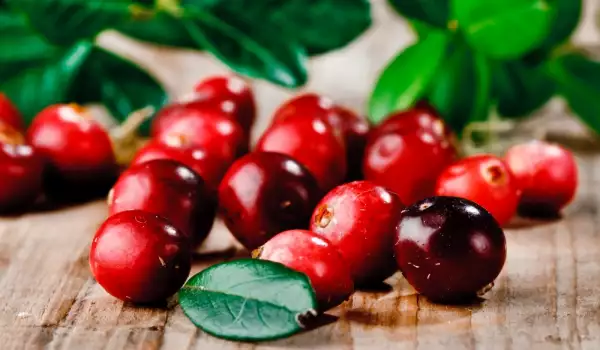
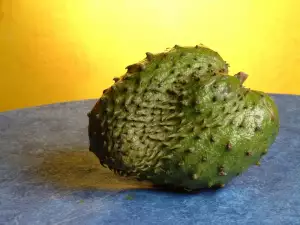

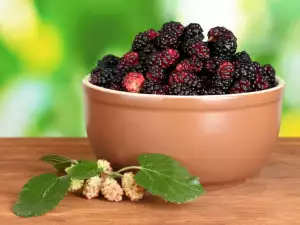
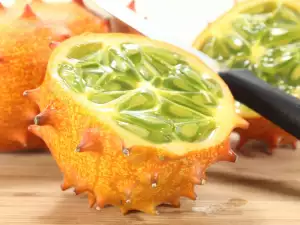
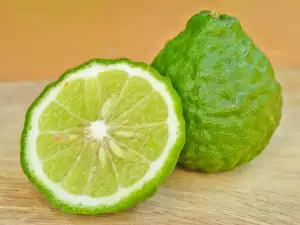
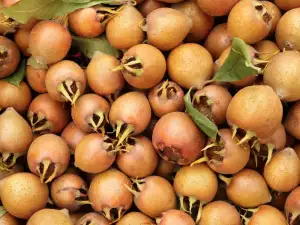
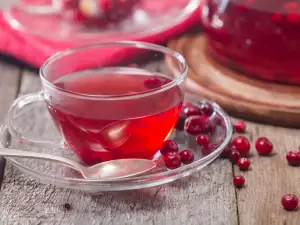


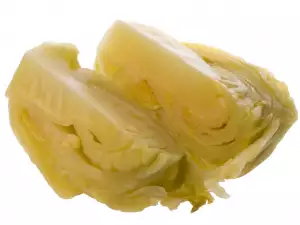
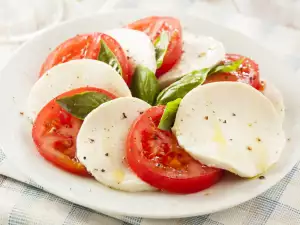

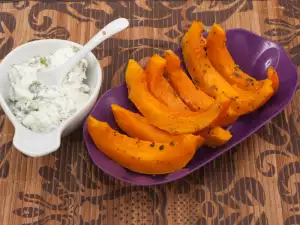
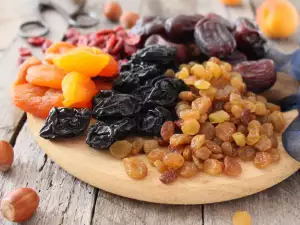
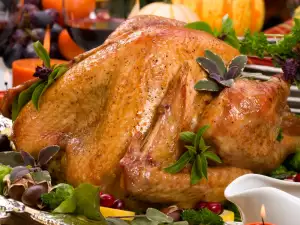




Comments